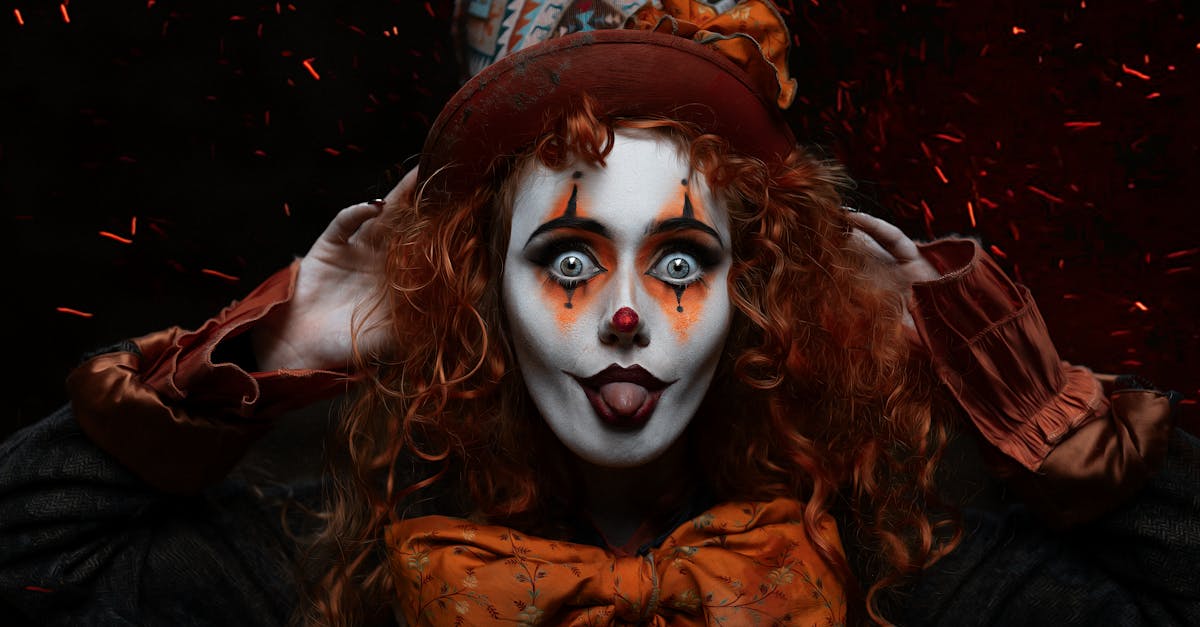The Artistic Evolution Tides
Introduction to Artistic Evolution
Human creativity has always been synonymous with evolution. From ancient cave paintings to the reality-bending digital artworks of today, art has continually transformed. This metamorphosis reflects society's myriad changes—from cultural shifts to technological advancements. Understanding the progression of art offers insight into historical contexts and our ever-changing worldviews. Artistic evolution is not merely about styles and techniques; it’s a testament to innovation and expression. Let’s delve into these transformative tides and explore how artistic paradigms have reflected human evolution.
Advertisement
Ancient Beginnings
Artistic expression has roots dating back to prehistoric times, with cave paintings serving as the earliest testimonies. These paintings, often found in caves such as Lascaux in France, depict animals, human figures, and abstract symbols. They hold profound insights into the lives and beliefs of our ancestors. The reasons behind these creations vary, with theories suggesting religious, ceremonial, or educational purposes. The symbolic and rudimentary nature of this artwork laid the foundation for future artistic endeavors. These early expressions demonstrate mankind's innate desire to communicate and document the world around them.
Advertisement
Classical Foundations
Moving forward to the classical era, art still played a significant role but evolved considerably. Ancient Greek and Roman prowess sculpted art into a tool for immortality, celebrating gods, heroes, and ideals of beauty. Sculpture and architectural marvels like the Parthenon illustrate the era's dedication to proportion, balance, and harmony. The use of perspective and realism in paintings and sculptures became pronounced during this era. This period placed humans at the center, both literally in subject matter and metaphorically in philosophical implications. These foundations molded subsequent European art, providing frameworks emulated and challenged by future artists.
Advertisement
Medieval Expressions
The medieval period saw art being predominantly intertwined with theology. With the fall of Rome, Europe saw the rise of Gothic cathedrals and illuminated manuscripts. This era was marked by a symbolic language, where art was more about spiritual messages than realism. Religious iconography dominated, with frescoes and stained glass windows conveying biblical narratives to an illiterate populace. During this time, art's purpose served divine interests, ensuring that the piety of the period was encapsulated in visual form. The restrained and spiritual art of the Medieval Age would later act as a contrasting backdrop to the Renaissance's humanistic revival.
Advertisement
Renaissance Rebirth
The Renaissance, meaning 'rebirth,' profoundly shifted the artistic narrative towards humanism. Emerging in the 14th century, it emphasized the potential of human intellect and the beauty of the natural world. Artists like Leonardo da Vinci and Michelangelo pioneered techniques like linear perspective, chiaroscuro, and anatomical accuracy. Art became multifaceted, embracing both scientific inquiry and classical traditions. Whether it was through the ethereal portrayal of the Madonna or dynamic sculptures like David, Renaissance art celebrated human achievement and potential. This exploration set the stage for the Baroque era, which would further push artistic boundaries.
Advertisement
Baroque Drama and Detail
The Baroque period, spanning 1600-1750, is characterized by grandeur and emotional intensity. Artists like Caravaggio and Rembrandt stretched the limits of contrast, motion, and detail. Dramatic lighting and vibrant colors were employed to evoke an emotional response, while expanding narratives within artworks became prevalent. Art became a tool for engaging viewers’ emotions, complemented by extravagant architecture like the Palace of Versailles. The Baroque aesthetic reframed complexity, challenging viewers to seek deeper meanings. This period of excess and expression lingered into the Rococo era before waning to neoclassical restraint.
Advertisement
The Romantic Reaction
As a counter to the Enlightenment's rationality and the Industrial Revolution's mechanical progress, Romanticism emerged in the late 18th century. This movement prioritized emotion and individuality over reason, seen in Delacroix's dramatic canvases and Turner’s atmospheric landscapes. Nature became a primary subject, reflecting mankind's vulnerability and emotional depth. Literature and poetry influenced Romantic artists, intertwining narratives with visual elements. Through vivid portrayals of beauty and terror, Romanticism paved the way for later explorations of psyche and abstraction. This all-consuming passion and self-exploration transitioned seamlessly into the modern era’s diverse explorations.
Advertisement
Modernism and Abstraction
The turn of the 20th century heralded unprecedented experimentation and abstraction. Modernism rejected past conventions, with movements like Cubism, Surrealism, and Abstract Expressionism challenging perceptions. Artists such as Picasso, Dalí, and Pollock broke and redefined traditional forms, focusing on introspection and abstraction. This era sought to visualize reality beyond physical constraints, often exploring the subconscious realm. Shocking and original, Modernism redefined art’s essence, leading to different ideologies and techniques. Simultaneously, the world saw art used as a tool for political statements, furthering its impact across societal frameworks.
Advertisement
Digital Frontiers
Today, with technology’s exponential growth, art thrives in digital realms. The rise of computer-generated imagery, virtual reality, and blockchain technology has expanded artistic possibilities. Artists leverage digital platforms to reach global audiences and experiment with mediums like never before. Contemporary art, interactive installations, and virtual galleries challenge the essence of art and its tangible limitations. As we embrace evolving technologies, art continuously redefines itself, reflecting modern complexities and human ingenuity. This digital tide pushes the boundaries, remaining embedded in the intersection of tradition and innovation.
Advertisement
Conclusion
Artistic evolution reflects humanity's journey through time—capturing emotions, ideologies, and technological milestones. From symbolic cave art to intricate digital canvases, these transformations mirror society's adaptability and creativity. Each period provides a unique window into cultural values and aspirations, simultaneously reinforcing and challenging boundaries. By examining these artistic tides, we appreciate the dynamic interplay between art, society, and technology. As we move forward, art will undoubtedly grow and morph, serendipitously capturing the zeitgeist of tomorrow.
Advertisement


